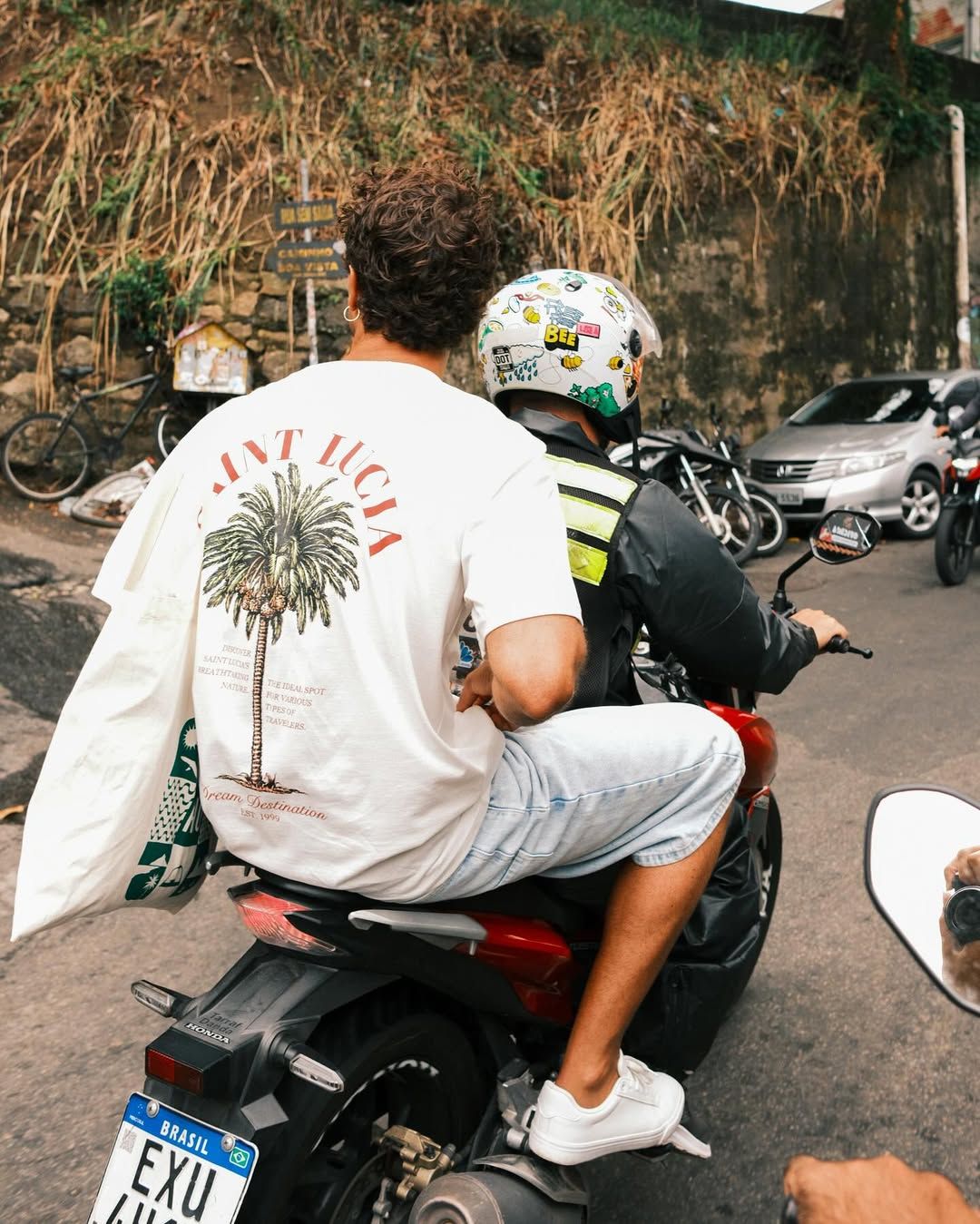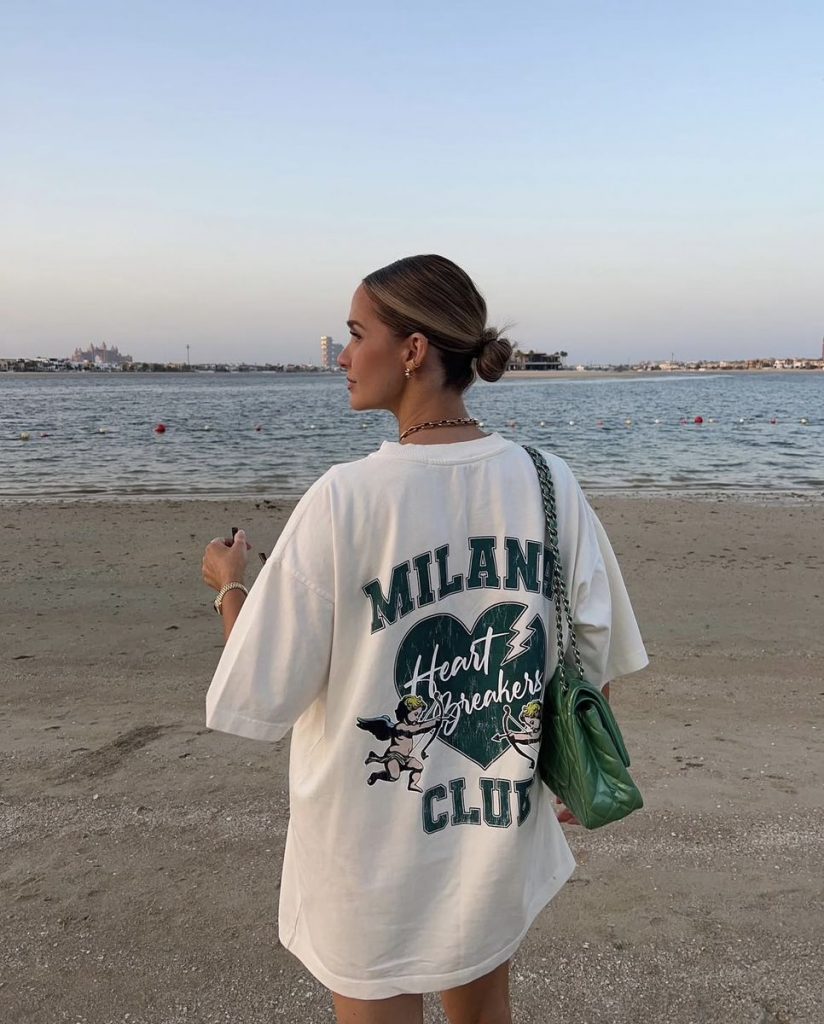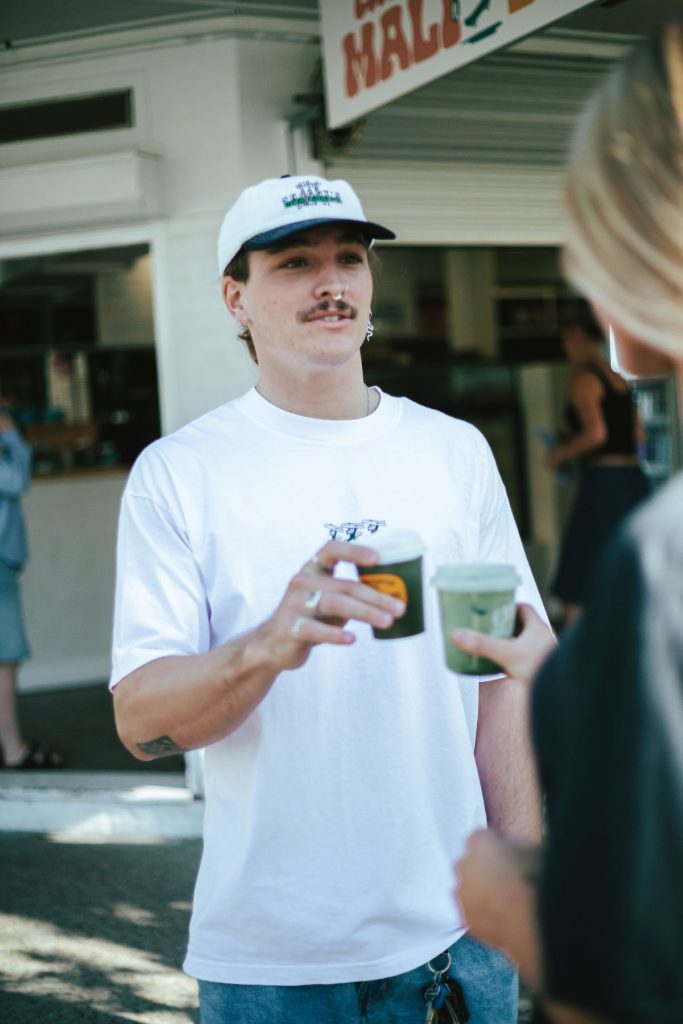Introduction
Fashion has always been a mirror of culture — a reflection of how people live, move, and express themselves. Street Couture represents the meeting point between two worlds that once stood apart: the polished elegance of haute couture and the unfiltered energy of the city. It’s a fusion of sophistication and rebellion, craftsmanship and chaos, precision and pulse.
This style movement doesn’t just redefine luxury — it democratizes it. It tells a story where the streets become the runway, and every corner, mural, and crowd becomes part of a living fashion narrative.
The Origins of Street Couture
Street Couture began as a quiet rebellion against exclusivity. While haute couture was once confined to the elite — crafted in private ateliers and worn by a select few — the rise of street culture in cities like New York, Tokyo, and Paris changed everything.
Artists, skaters, and musicians began mixing designer pieces with everyday wear, breaking traditional dress codes. Hoodies met tailored jackets. Sneakers walked beside silk skirts. The result was a new hybrid aesthetic — luxurious yet relatable, effortless yet elevated.
Street Couture became a reflection of life itself — unplanned, dynamic, and full of contrast.
The Urban Runway
The modern city is no longer just a backdrop; it’s the runway of reality. The cracked pavements, neon lights, and graffiti walls form the visual rhythm that inspires designers and wearers alike.
In this setting, fashion becomes alive — fluid, spontaneous, and inclusive. A street corner becomes a stage, and an outfit becomes a statement of belonging and individuality.
Street Couture captures this duality — the blend of couture’s artistry with the grit of the metropolis. It is both refined and raw, polished yet playful, sophisticated but never silent.
Craftsmanship Meets Chaos
The beauty of Street Couture lies in its balance — the precision of design meeting the unpredictability of the streets. Every piece carries a story of contrast. Hand-sewn embellishments meet oversized silhouettes. Luxe fabrics blend with distressed textures.
It’s fashion that celebrates imperfection. It acknowledges that real beauty often exists in what’s unrefined, unfiltered, and unapologetically authentic.
Designers reinterpret couture not as something to be preserved behind glass, but as something meant to be worn, lived in, and experienced.
Icons of Street Couture
From global designers to underground creators, Street Couture has given rise to a new kind of fashion icon — one who defies categories. Brands like Off-White, Balenciaga, and Fear of God pioneered this blend of luxury and street edge, creating collections that resonate with the rhythm of city life.
But the real icons are the people wearing them — the skaters, artists, and urban dreamers who turn sidewalks into fashion statements. In Street Couture, individuality is the ultimate currency.
Each outfit is not a uniform but a manifesto — an assertion of personality, confidence, and creativity.
The Role of Attitude
Street Couture is not only about what you wear; it’s about how you wear it. Confidence transforms a simple hoodie into a couture piece. Attitude turns sneakers into symbols of power.
In the city, fashion is a language of self-definition. It communicates ambition, resilience, and a willingness to challenge the norm.
Street Couture thrives on this attitude — where every step, every look, every layered fabric tells a story of urban courage.
It’s fashion with a heartbeat, moving to the rhythm of the city’s soul.
The Influence of Music and Art
Street Couture draws heavy inspiration from music and art — two forces that define city life. Hip-hop, punk, and electronic cultures have all influenced how we see luxury and authenticity.
Graffiti prints, oversized chains, and monochrome palettes are visual echoes of the beats and brushstrokes that define modern creativity.
Artists and designers collaborate to blur boundaries, transforming garments into wearable art.
Fashion, in this context, becomes more than appearance — it becomes performance. Every look carries rhythm. Every texture hums with sound.



